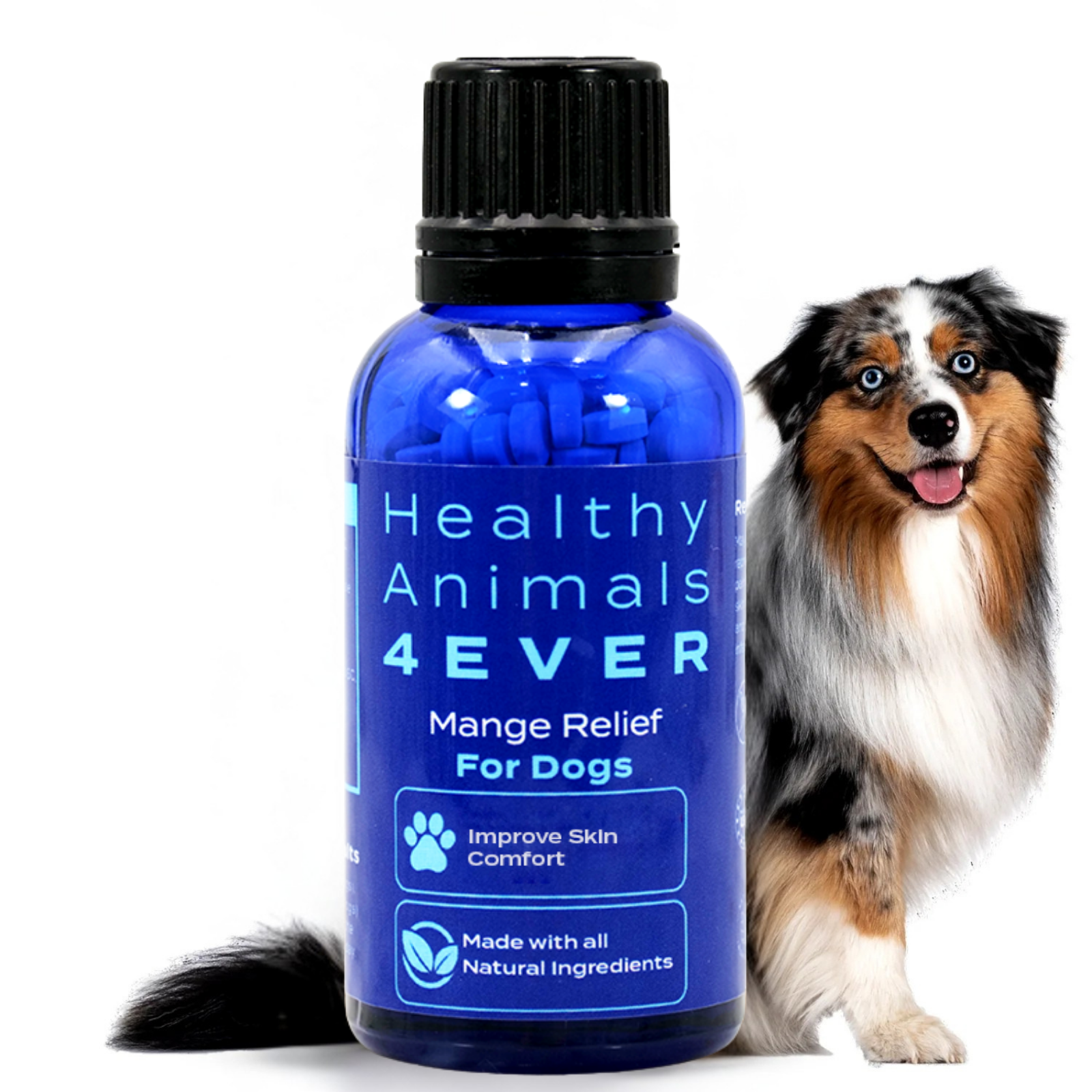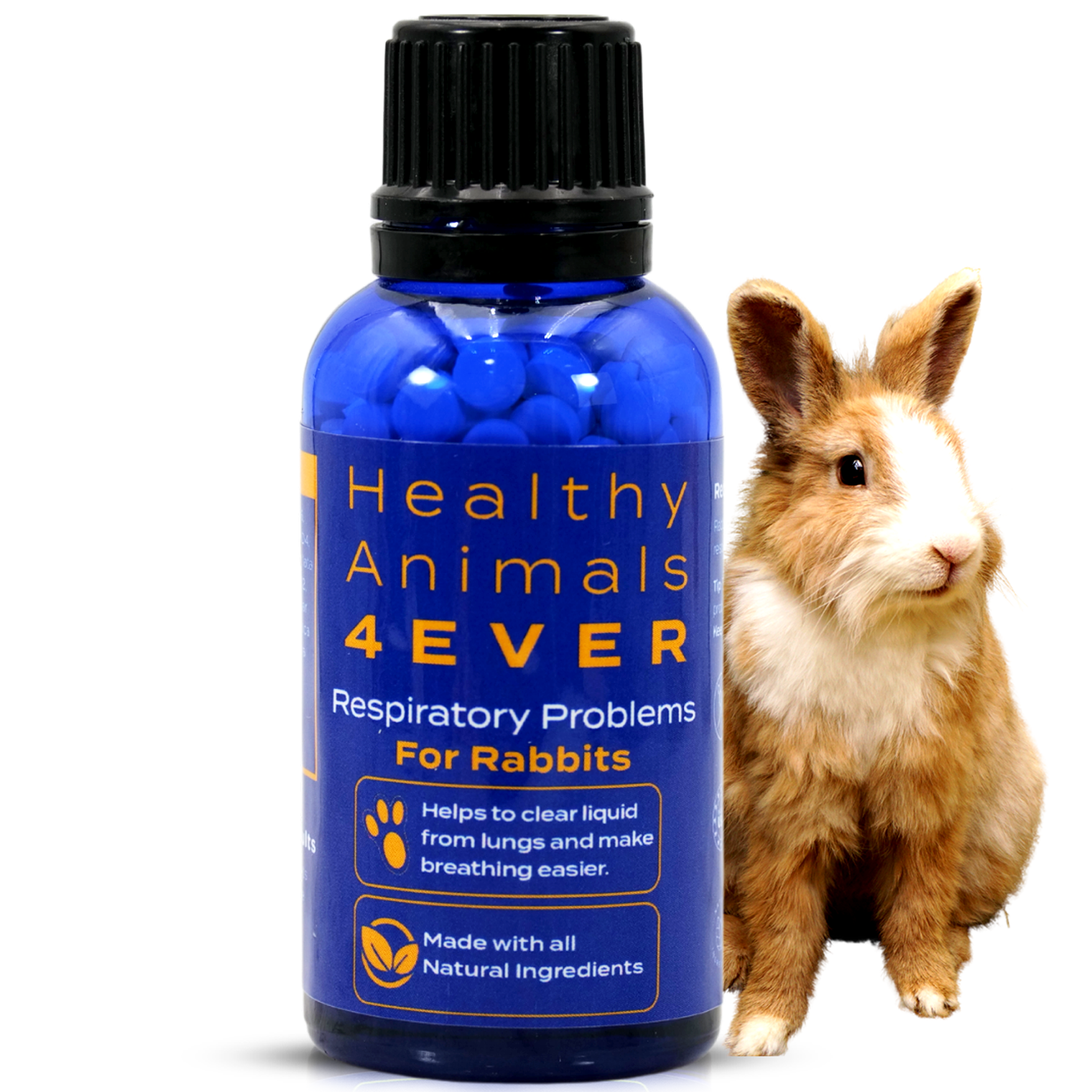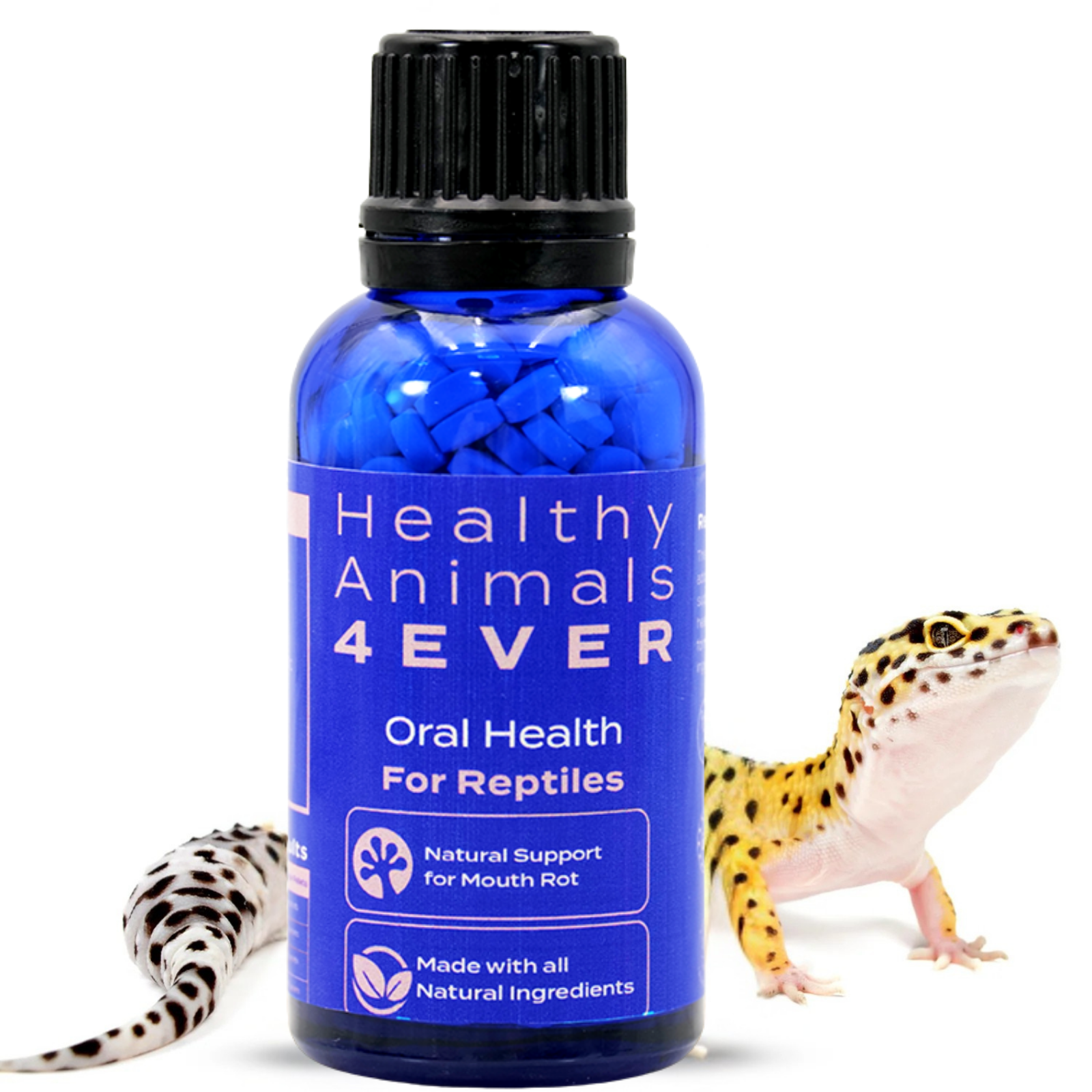Is Pet Dental Health Important?
Did you know that taking care of your pet's oral health is just as important as ours?
Yes, your pet also needs to have its teeth brushed. It is essential for good health!
Taking care of your pet's oral hygiene is not just about keeping their teeth white and avoiding stale breath; it is also essential to eliminate the bacterial plaques that form on your pet's teeth and gums.
Many veterinarians stress the importance of oral hygiene, as tooth and gum problems are common medical conditions in pets. An unhealthy mouth can affect your pet’s liver, kidneys, heart, and brain if left unchecked.
Bad breath not only means that your pet's mouth may be a warehouse for unhealthy bacteria, tartar, and plaque, but it can also point to unhealthy intestines.
In addition, the quality of your pet's food can contribute to your pet's breath status. Low-quality food can cause digestive problems, thus promoting bad breath.
Oral hygiene of your dog: Start taking care of it from an early age
The best way to get your pet used to brush is to start early. Ideally, the dog should be introduced to this practice as a puppy! This will create a habit and make it easier for your pet to see oral hygiene as pleasurable.

For younger dogs, the tip is to use a "finger toothbrush" for dogs, which makes the activity more playful and fun. But if your four-legged child is already big, don't worry! It's always possible to learn good manners.
Always brush your pet's teeth.
Brushing should occur at least once a day. That way, your pet will be safe and sanitized. In addition to a dog toothbrush, veterinarians also recommend using dog toothpaste.
Good oral hygiene is the best way to avoid tartar, a problem that, in addition to being unpleasant, can lead to severe complications. If unremoved, tartar can carry bacteria into the bloodstream, causing damage to the kidneys, liver, and even the heart.
Once it has appeared, there is no point in looking for a tartar remover for dogs. The only way to clean the dog's tartar is to take the pet to a veterinarian so that he can clean it under anesthesia! Therefore, it is better to prevent the appearance of plaques.

Choose a good ally for oral hygiene.
In well-equipped pet stores, you can find numerous items for pet oral health. But how do you know which product is ideal? It all depends on what you're looking for!
Brushing is still the safest and most effective method of preventing plaque formation. But, different alternatives can be used as complementary methods. The choice will depend on how your four-legged child adapts!
- Antiseptic spray - it's easy and practical, but it can scare some pets. It assists in the prevention and treatment of infections, as well as in fighting bad breath.
- Anti-tartar snacks are the most attractive to dogs and usually have no contraindications. They fight tartar through mechanical action but are less effective than other products.
- Anti-tartar toys – just like any toy, dogs tend to love them! They work similarly to snacks, cleaning mechanically. Generally, they are suitable for young pets with much energy.
- Buccal solution – another efficient alternative is the water additive for dogs. The solution is mixed in the dog's water so that the product can act while the pet hydrates.
Can I Share My Toothpaste With My Pet?
Pets aren't like us: they swallow whatever you use to clean their teeth. Human toothpaste isn't edible. Human toothpaste can give your pet some severe stomach problems.
Using human toothpaste on your pet is not advisable and can be dangerous. Human toothpaste contains ingredients not meant to be ingested by animals, such as fluoride and xylitol. Fluoride is toxic and poisonous to animals, and xylitol is an artificial sweetener that can cause low blood sugar, seizures, and liver failure in pets. Additionally, toothpaste for humans often has a strong flavor that can be unpleasant for animals.

In addition, human toothpaste is not designed to be used on animals and can be abrasive for their gums and enamel. This can cause irritation, gum damage, and even tooth decay. Also, human toothpaste doesn’t have the enzymes necessary to fight against bacteria and plaque as pet toothpaste does.
For these reasons, it is important to use pet toothpaste for your pet’s oral hygiene. Pet toothpaste is specially formulated with ingredients safe for animals. And it is designed to fight against the bacteria and plaque that can cause bad breath and tooth decay. It also has a flavor that animals will enjoy, making brushing more accessible and enjoyable.
If you have accidentally used human toothpaste on your pet, it is vital to take them to a veterinarian immediately. The veterinarian will be able to assess the amount of human toothpaste ingested and provide the necessary medical treatment. Depending on the amount of toothpaste consumed, your pet may need to have its stomach pumped or be given activated charcoal. This substance binds to toxins in the gastrointestinal tract, allowing them to be eliminated in the feces. On the other hand, the veterinarian may recommend additional supportive care, such as intravenous fluids or electrolyte monitoring.

It is essential to take preventative measures to ensure your pet does not ingest human toothpaste. Keep all toothpaste, including human toothpaste, out of your pet's reach, as even small amounts can be dangerous. Finally, check the label of any toothpaste you purchase for your pet, as some pet toothpaste may contain unsafe ingredients for certain pet species.
Did you know?
Some breeds of pets are more likely to have dental problems than others due to various factors.
- Smaller breeds such as Chihuahuas, Pomeranians, Persian cats, and Toy Poodles tend to be more susceptible to dental issues due to their small jaw size. This can lead to overcrowding of teeth as well as difficulty chewing, leading to plaque buildup.
- Brachycephalic breeds such as Bulldogs, Pugs, and Shih Tzus are prone to dental issues due to the short snout and underbite, which can cause jaw and teeth misalignment.
- Flat-faced breeds are more likely to suffer from dry mouth, which can lead to tooth decay and gum disease.

- Dogs with brachycephalic syndrome have a higher risk of developing dental problems such as periodontal disease, which is an infection of the gums, teeth, and bones caused by bacteria in plaque. This disease can result in tooth loss, bad breath, and discomfort for the dog.
- Dogs with overcrowded teeth can also be prone to periodontal disease and tooth decay due to difficulty cleaning the teeth properly.
- The shape and size of a dog's mouth can also play a role in developing dental problems. Dogs with small mouths and short muzzles, such as Chihuahuas, are more likely to suffer from overcrowded teeth, which can lead to plaque and tartar buildup and eventual tooth decay. Additionally, dogs with long muzzles, such as Greyhounds, can have difficulty eating and chewing due to the extra space within the mouth, leading to difficulty in grinding food, which can cause plaque buildup.

Age can also factor in the development of dental problems in pets. Older dogs are more prone to dental issues due to the wear and tear on the teeth over time, which causes decay and periodontal disease. Additionally, older dogs may not be able to have their teeth cleaned as effectively as younger dogs due to their decreased mobility.
Finally, diet can play a significant role in developing dental problems in pets. Dogs fed a soft, wet food diet are more likely to suffer from plaque and tartar buildup on their teeth, as it is more difficult for them to grind the food properly. Additionally, a diet high in sugar can lead to excessive plaque buildup, eventually leading to tooth decay.
Overall, some breeds of pets are more likely to suffer from dental problems than others due to various factors, including jaw size, age, and diet. To help prevent dental issues in pets, it is essential to feed them a balanced diet, brush their teeth regularly, and take them for regular dental check-ups.
If you suspect that your pet may have a dental problem, there are some signs to look out for and steps you can take to determine the cause and provide the best treatment possible.
Causes:
The most common causes of dental problems in pets are:
- periodontal disease,
- fractured teeth,
- and foreign objects stuck in the teeth or gums.
- Additionally, pets can develop cavities, abscesses, tumors, and cysts in their mouths.
Symptoms:
The most common signs of dental problems in pets include:
- bad breath,
- difficulty eating,
- bleeding gums,
- drooling,
- pawing at the mouth,
- and discolored or loose teeth.
- Additionally, pets may become lethargic, lose their appetite, and experience facial swelling.

Diagnosis:
If your pet displays any of these symptoms, the first step is to visit your veterinarian for a thorough physical examination.
During the exam, your vet will check for signs of dental problems, such as redness, swelling, and infection.
Additionally, your vet may take radiographs (X-rays) to check for any underlying issues, such as fractures or abscesses.
Treatment:
If dental problems are identified, your vet may recommend various treatments, such as tooth extractions, root canals, or dental cleanings.
Depending on the severity of the issue, your vet may also prescribe antibiotics or pain medications to help ease your pet's discomfort.
Prevention:
To help prevent dental problems in your pet, it is essential to brush your pet's teeth regularly and provide them with dental treats and chew toys.
Regular dental check-ups with your vet can help identify any issues before they become more serious.

Here are some tips on how to brush your pet’s teeth the right way.
- Start by getting the right toothbrush. Choose a toothbrush specifically designed for pets. These toothbrushes have smaller heads and softer bristles designed to clean the smaller teeth of cats and dogs.
- Choose pet-safe toothpaste. Again, never use human toothpaste on your pet. Pet toothpaste comes in flavors that your pet will enjoy and is designed to be safe for them to swallow.
- Gently introduce your pet to the toothbrush. Before you start brushing, let your pet sniff and lick the toothbrush to get used to it.
- Position your pet. For cats, you can hold them in your lap with one hand and brush their teeth with the other. You can have dogs sit or stand on a table and use both hands to brush their teeth.

- Start with the outside of the teeth. Use small circular motions to brush the outside of each tooth. Take your time and be gentle.
- Brush the inside of the teeth. Use the same circular motion to brush the inside of each tooth.
- Don’t forget the gums. Gently brush the gums with the toothbrush to help remove any plaque buildup.
- Reward your pet. Give your pet a treat after brushing to reward them for being a good pet.

Regular brushing can help keep your pet’s teeth and gums healthy for years to come.

Conclusion
Overall, oral care is essential for pets. Poor oral hygiene can lead to serious health problems and even death in extreme cases. Therefore, it is crucial to understand the symptoms, causes, and measures to be taken to ensure optimal oral hygiene for your pet. Brushing your pet's teeth daily and providing a healthy diet are the best ways to ensure their teeth and gums remain healthy. With proper oral care, you can ensure your pet is healthy and happy for years to come.
Stay on top of all the news on our blogs with incredible content to help you care for your furry friends. Check all our content here Healthy Animal's 4ever.









